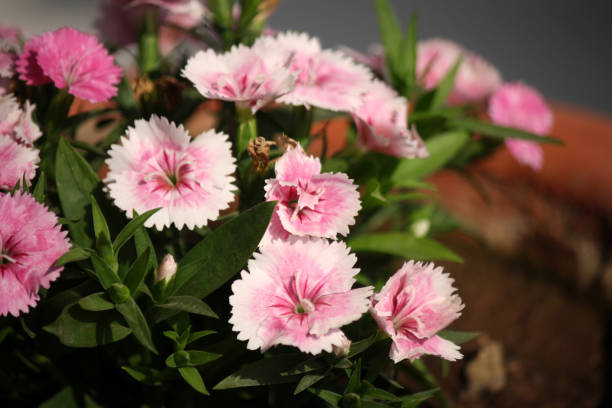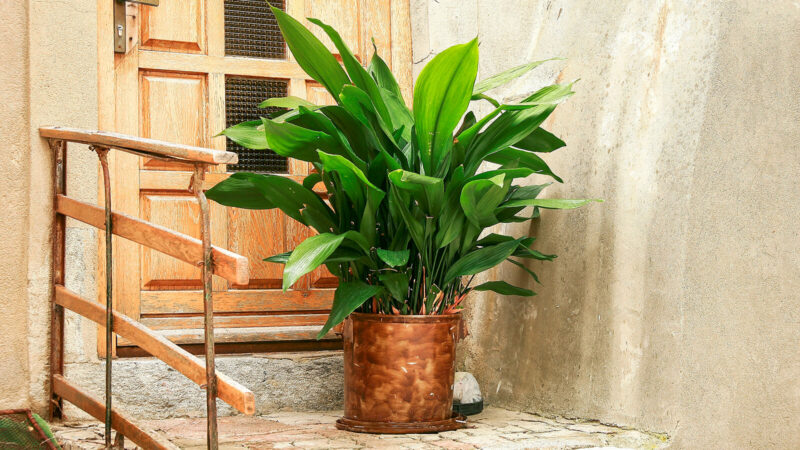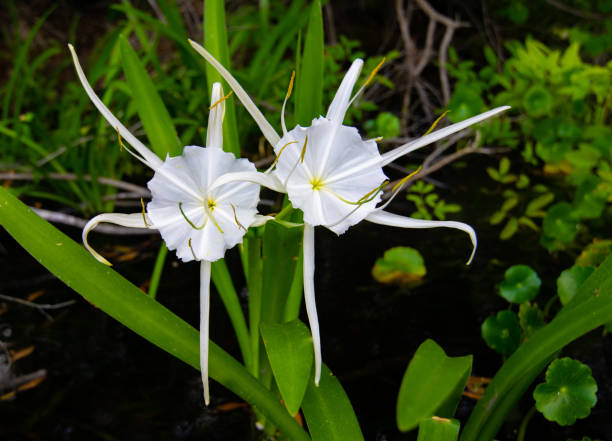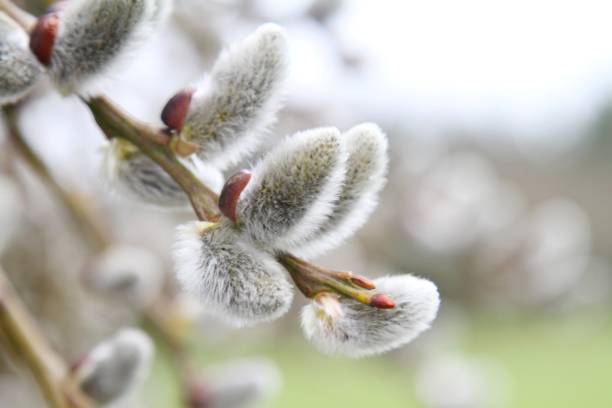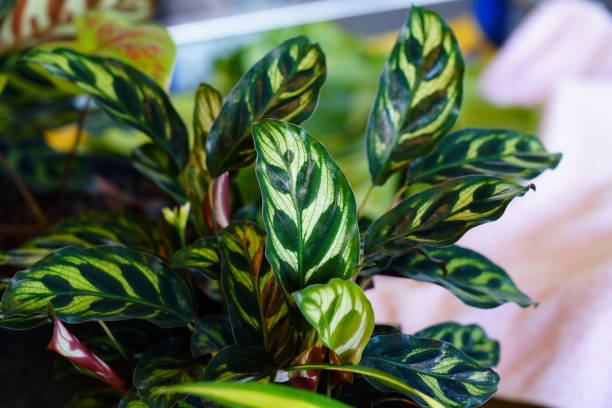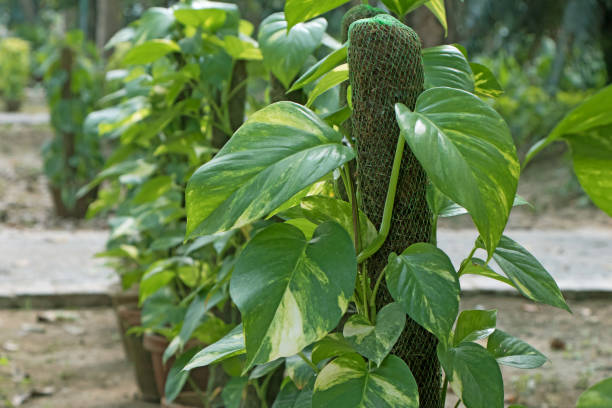Tips to Plant and Grow an Arborvitae
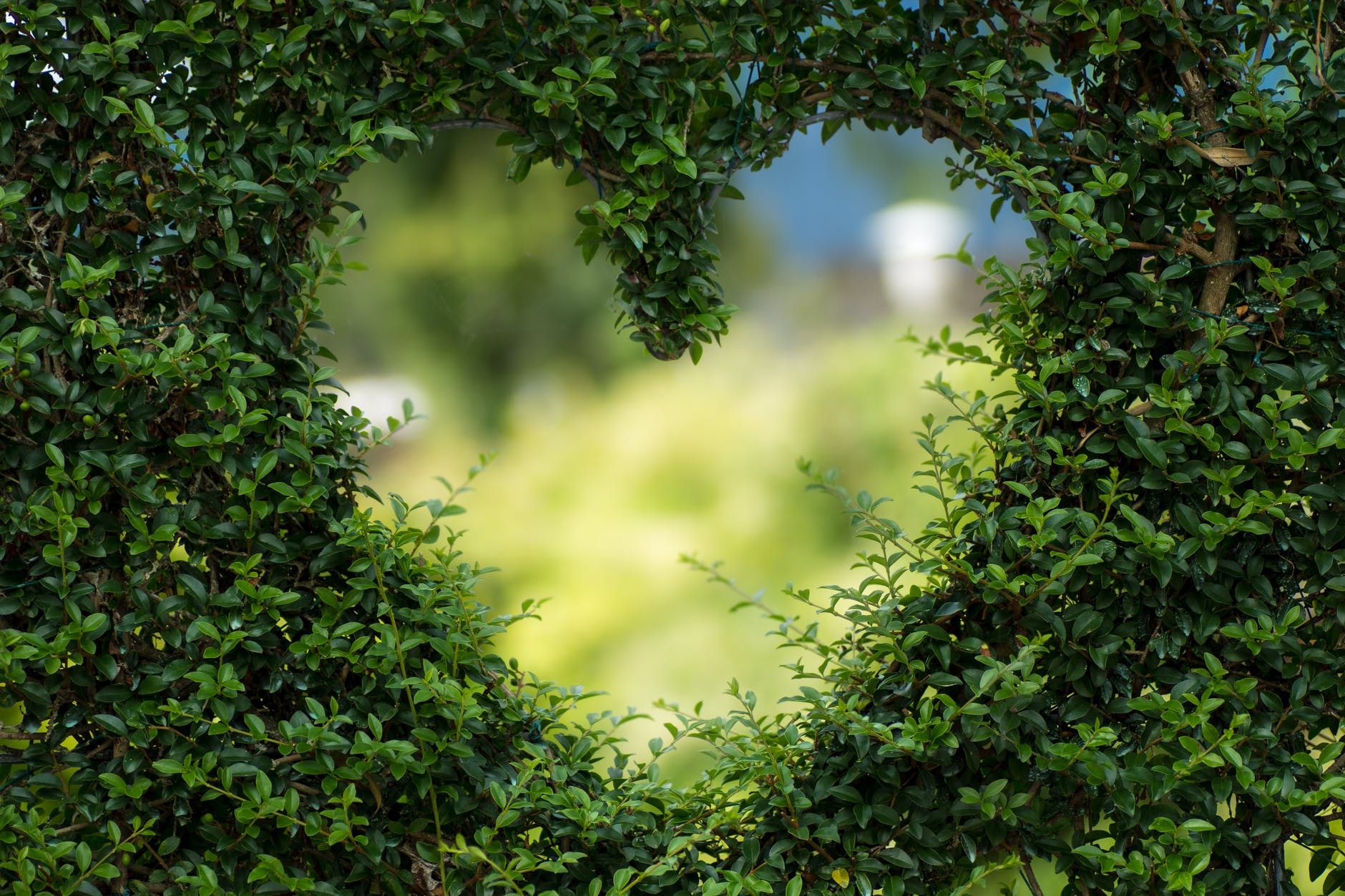
Do you want to know how to plant Arborvitae? If yes, then you are in the right place.
The Arborvitae is a genus of trees and shrubs which includes three different species of green giant arborvitae. These trees became popular due to their easy to care for and fast-growing nature and not to forget the appealing visual they bring.
The most popular among all the Arborvitae types are Emerald green Arborvitae, which provides a screen against cold, harsh winters. Emerald green is a semi-dwarf plant with a slender pyramidal shape. The green arborvitae tree’s foliage is glossy bright green in color and can reach up to a height of 15 -20 feet.
Growing an Arborvitae tree is not a very challenging task. We have mentioned the right methods and ideal conditions to plant an Emerald green Arborvitae.
How to Plant ‘Emerald Green’ Arborvitae ?
Emerald Green Arborvitae dwells well in well-drained and moderately moist soil with partial shade. Do not make the mistake of planting emerald arborvitae trees in complete shade as it affects the foliage’s density. The best time to plant Arborvitae is during fall because of less heat stress.
Heavy snowfall can break the branches, so make sure to brush off the snows regularly and prune off the broken branches. In some cases, you may need to stake the plant upright until recovery.
One good thing about emerald green arborvitae is that they are rarely troubled by disease problems and insects, but they may suffer from twig blight and needle caused by fungi, especially in poor air circulation. One good way to control blight is to prune the affected branches and treat them with fungicide.
Light
Emerald green arborvitae tree grows well in full to partial shade and needs at least 6 hours of sunlight every day. Low light can make these shrubs leggy and sparse.
Soil
Plant arborvitae needs moist and well-drained soil, which is alkaline in pH; the roots do not prefer soggy soil. Apply a thick layer of mulch or compost over the roots every year to preserve soil moisture.
Water
Green Giant Arborvitae needs watering twice a week for a few months and then weekly watering for the upcoming year. Once the plant is established well, make sure they get ½ inch of water every week through irrigation or rainfall. Less water will turn the foliage to brown or yellow color, and excessive water will cause root rotting.
Temperature and Humidity
Arborvitae trees survive better in dry and cool climates. Fungal diseases are a major problem in humid environments. However, you can prevent this by proper air circulation. Avoid planting them in windy areas and overexposure to too much cold.
Fertilizer
The plant does not require feeding; however, if you notice too slow or sparse growth, add a well-balanced fertilizer containing all the essential nutrients.
Pruning
Keep your emerald green clean and fuller by regular pruning in the springtime. Pruning includes light trimming of the leafy part of the plant and not the bare branch. Remove the dead and diseased branches to prevent decay and improve air circulation.
Pruning also helps maintain the plant’s natural shape- keeping the bottom wide and the top tapered.
Different Types of Arborvitae:
There are many different arborvitae types out there. Below we have mentioned the common types of Arborvitae that work excellent as a hedge.
American Arborvitae
One of the most common types of Thuja Variety is American Arborvitae. This plant hails Minnesota and is the most preferred choice for fencing around the properties. This tree not only provides privacy but also protects from wildfires because of wind-blocking property.
American Arborvitae has bright green foliage with fading at the bottom in cold weather. These grow best in a moist environment and are nor drought-friendly
Emerald Green Arborvitae
Also known as white cedar, Emerald green arborvitae derives its name from the dark green color. This plant reaches up to a height of 30 ft and spreads 10 ft wide, making it apt for screening. However, it can survive in every environment but dwell best in swampy areas with basic soil.
Globe Arborvitae
These arborvitae types have a fascinating globular shape without any pruning or outside help. It can grow up to 5 feet tall only, which makes them apt for protecting small plants. These can also serve as a really great decoration piece for your garden.
Globe Arborvitae requires very little maintenance and easily adapt to various weather conditions. However, they like full blown sunlight, or else they turn into brown color.
Techny Arborvitae
Techny Arborvitae is one of the best varieties of plants to have around the property in case you want a full shield in a short span of time. These grow large in 2-3 years in slender shape with an astounding height of 20 feet and 6 feet width. These Arborvitae types are most suitable for harsh and intense winters.
False Arborvitae
It is also known as Hiba Arborvitae and is an evergreen timber from the cypress family. This plant has large leaves with marked embossed white bands on the underside. False Arborvitae grows up to 115 feet tall and has white and yellowish soft and durable wood. These are mostly used to build boat buildings because of its malleable quality.
Pros and Cons of Arborvitae Tree
There are two kinds of people, one who love Arborvitae and one who hates them. Before you make up your mind to plant Arbovortea, do check out the pros and cons of planting an Arborvitae tree.
Pros Of Arborvitae:
If you want an easy to care and fast-growing plant to create a hedge, then there is no better plant then Arborvitae. Arborvitae is the evergreen member of the cypress family and thrives best in cooler zones than Warm regions. Let’s take a look at the pros and cons of the emerald green Arborvitae:
Fast-growing and evergreen – Arborvitae is fast-growing and easy to care for plants and has many fans. These emerald green trees make the best windscreen or privacy hedge because of their rapid growth and easy to care nature. If you plan to plant an Arborvitae tree, plant a seedling and watch it grow into a big plant.
Understanding and Easy To care- Arborvitae is not picky plants, but they do prefer deep soil with good drainage and can grow in very soil type. The only thing you need to keep in mind is to give them sunlight and enough space to grow. These trees do not catch disease or pests and do not require much fertilizer or pruning.
Emerald Green Arborvitae is also slightly drought tolerant; however, this means that you should not irritate them. To keep the tree healthy and pest-free, prune them regularly. The more you prune them, the more gracefully they grow.
Warning: Never prune the bare branches as they won’t regrow.
Inexpensive and good for wildlife- one biggest advantage of arborvitae trees is that this is not pricey. Given the fact that Arborvitae grows so fast and is super easy to take care of, these are very inexpensive. You will see that these are evergreen plants giving shelter to squirrels, birds, and small mammals in the dense branches.
Cons of Arborvitae:
No doubt, Arborvitae is the best choice for screening and house privacy, but there are some serious drawbacks of planting an Arborvitae. You may find some serious reasons to look for an alternative plant for the hedge.
Super Sensitive- Arborvitae can be a very sensitive plant. We all love the fact that these demand very little care but only if planted in ideal conditions. These giant green Arborvitae do not tolerate dry winds and salt and can turn brown due to drought.
Arborvitae breaks and splits easily- It is not easy to keep these shrubs tightly packed with leaves. These are prone to breakage and splitting. A pile of snow or a blow of dry wind will create a gap in your hedge.
Predators’ favorite food- Also, if you live in a town with a lot of natural predators like deer, then get ready for a chewed down the hedge.
Deer and bag worms nibble down the Arborvitae really quickly and can damage the plant.

